2015 Ford Mustang V6 Vs Ford Mustang EcoBoost

Starting at a price of $33,125 after destination charges, it’s out of the reach of some would-be sports car owners. Plus, it uses a lot of gas and comes with high insurance premiums, running the cost of ownership even higher.
Get a Quote on a New Ford MustangSo what do you do if you want a Mustang on a budget? For 2015, Ford has two solutions. As always, there is entry-level, 2015 Mustang V6 equipped with a 3.7-liter engine making 300 HP and 280 lb-ft. New this year though, there is another budget-conscious Mustang, the Ecoboost. Despite ditching two cylinders, the 2.3-liter four-cylinder engine comes equipped with a big, fat turbocharger to produce 310 HP and 320 lb-ft. of torque.
Options, Packages and Price
With a slight power advantage, the Ecoboost looks like the better choice for affordable performance. But add pricing and options into the mix and things get a bit muddier. The V6 Mustang starts at $24,625 after destination charges, which is $1,500 cheaper than the Ecoboost. But, the Ecoboost comes standard with a rear spoiler, power seats and LED fog lights.
On the other hand, the Ecoboost can be had with superficial equipment like 19- or 20-inch wheels and a stripe package. But, there are two more options available for the boosted Mustang that should pique the interest of those obsessed with speed and performance.
Compare Specs
| Vehicle | 2015 Mustang EcoBoost | Advantage | 2015 Mustang V6 |
|---|---|---|---|
| Engine (as tested) | 2.3 L turbocharged four-cylinder | - | 3.7 L V6 |
| Horsepower | 310 HP | Ecoboost | 300 HP |
| Torque | 320 lb-ft. | Ecoboost | 280 lb-ft. |
| Weight | 3,531 lbs. | - | 3,526 lbs. |
| Fuel Economy (US) | 22 MPG city, 31 MPG hwy | Ecoboost | 17 MPG city, 28 MPG hwy |
| Fuel Economy (CDN) | 10.6 L/100 km city, 7.5 L/100 km hwy | Ecoboost | 13.5 L/100 km city, 8.3 L/100 km hwy |
| Observed Fuel Economy | 22.0 MPG | Ecoboost | 21.2 MPG |
| Starting Price(US) | $26,125 | V6 | $24,625 |
| Starting Price(CDN) | $29,999 | V6 | $26,999 |
| As Tested Price(US) | $29,715 | V6 | $25,620 |
| As Tested Price(CDN) | $34,699 | V6 | $28,199 |
Some Serious Performance Upgrades
Aptly named the performance package, this option transforms the Mustang with items like a larger rear sway bar, a larger radiator, heavy-duty front springs, larger brakes, revised suspension tuning, a 3.55 limited-slip rear axle and 19-inch wheels wearing 255/40R19 summer tires. To take things one step further, cloth Recaro seats can be selected to ensure front seat passengers stay in place while testing out the Mustang’s newfound capability.
This all adds up to a price of $29,715, which is just over $4,000 more than the less capable V6 Mustang. That raises a few questions. First, is the Ecoboost a better engine option than the V6 and second, does the performance package with the Recaro seats really add that much performance?
Naturally Aspirated vs. Turbocharging
To answer these questions, we grabbed a pair of deep impact blue Mustang coupes with manual transmissions. The V6 came equipped with the 051A option group and the Ecoboost had the Performance package, and Recaro seats.
Mustangs have always been about engines, so let’s begin there. Even with in excess of 300 HP, both engines can run on regular gas, but the Ecoboost won’t be at maximum performance at that point. Curiously, the Ecoboost comes fitted with a gas tank half a gallon smaller than the V6. That should be offset by fuel economy as the V6 is officially rated at 17 MPG city and 28 MPG highway compared to the Ecoboost’s ratings of 22 MPG city and 31 MPG highway.
With the performance package, the Ecoboost drops the standard manual transmission’s 3.31:1 final drive ratio for the more aggressive 3.55:1 ratio. That is significantly higher than the V6’s final drive ratio of 3.15:1, although it too can be had with 3.55:1 gears. The shorter gearing makes the Ecoboost accelerate faster, but it also hurts fuel economy. As tested, the Ecoboost did beat the V6, but not by much, posting a 22 MPG average vs 21.2 MPG.
Fast vs Feels Fast
Even if it is a bit slower and thirstier, the V6 is the smoother engine. Plus, it isn’t exactly slow; it’s just not as quick as the Ecoboost. In fact, from a dead stop, the V6 responds more readily to input. But once the boost builds in the four-cylinder, the shorter geared Mustang begins to pull away from the V6.
The V6 does provide a better soundtrack, not just because it’s an authentic noise, but more because of its lower, more guttural engine note. This helps create the illusion that the V6 Mustang is faster at times, even though the Ecoboost is the quicker car. On the highway, the higher gearing and plentiful boost makes sixth gear cruising a breeze in the Ecoboost while the V6 can struggle to build speeds when locked in top gear.
Performance Pack or Bust
The Performance Package is more than just gearing. All of its major mechanical components have been upgraded or tweaked. The car accelerates quicker, turns faster, brakes harder, has more grip and relays information to the driver more effectively. It livens up the whole mustang driving experience and is a must-have for anyone serious about the Pony Car’s performance.
The two cars couldn’t be much closer in weight. At 3,526 lbs., the V6 Mustang weighs a whopping five pounds less than the Ecoboost. Oddly, opt for the automatic transmission and the V6 Mustang suddenly out-weighs the Ecoboost by six pounds. And while on the topic of weight and transmissions, the clutch pedal in the Ecoboost is set much lighter than that of the older-school V6 ‘Stang that requires strong leg muscles.
The Verdict: 2015 Mustang V6 vs Mustang EcoBoost
With more power, better fuel economy and the optional performance package, it appears the Ecoboost is a no brainer over the V6. But it’s not that simple. Smoother, more comfortable and cheaper, there are advantages to the V6 model, especially in base trim.
It really comes down to a question of what exactly do you want in a Mustang. If it’s the style and presence of the iconic pony car, grab the more affordable V6 model. But if it’s more of a budget sports car you’re after, get the Ecoboost. Just be sure to spend the extra $1,995 on the performance package, as it truly makes the Mustang something special.
2015 Ford Mustang EcoBoost, 2015 Ford Mustang V6
LOVE IT
- Powerful engine
- Good handling
- Better fuel economy
- Optional performance package
- Better sound
- Smooth engine
- Cheaper price
LEAVE IT
- More expensive
- Engine sound
- Less available options
- Worse fuel economy

A 20+ year industry veteran, Mike rejoins the AutoGuide team as the Managing Editor. He started his career at a young age working at dealerships, car rentals, and used car advertisers. He then found his true passion, automotive writing. After contributing to multiple websites for several years, he spent the next six years working at the head office of an automotive OEM, before returning back to the field he loves. He is a member of the Automobile Journalists Association of Canada (AJAC), and Midwest Automotive Media Association (MAMA). He's the recipient of a feature writing of the year award and multiple video of the year awards.
More by Mike Schlee



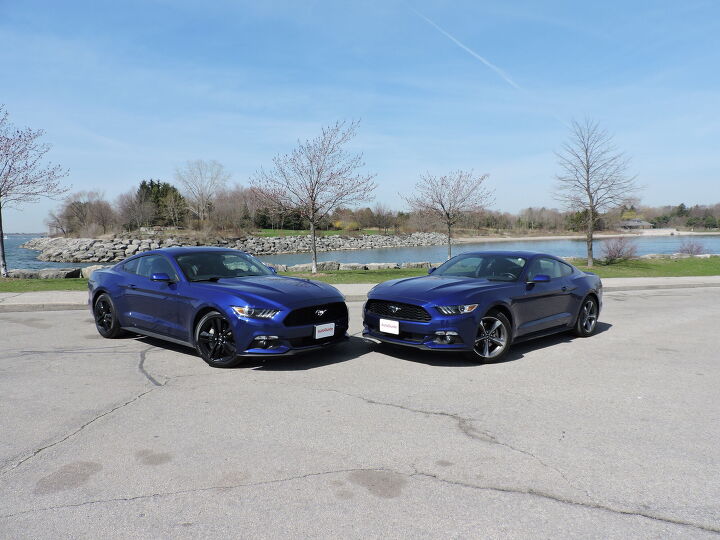
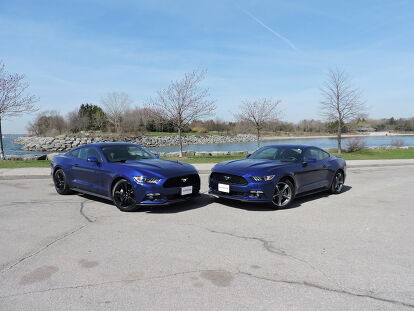





















































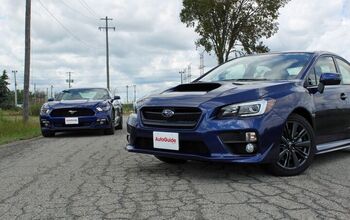
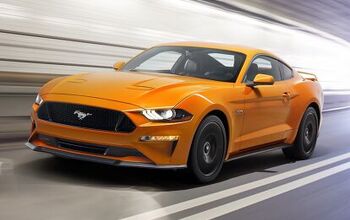
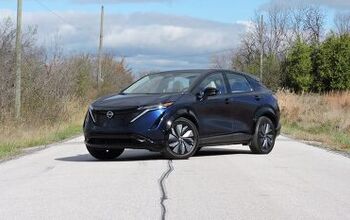
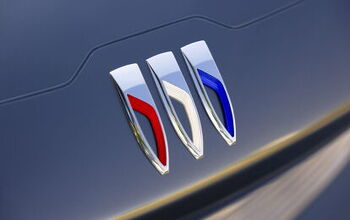


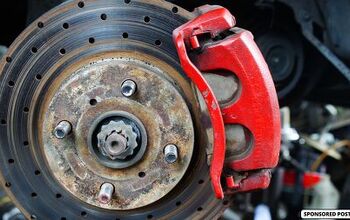



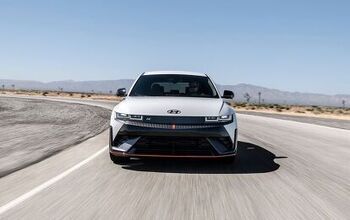

Comments
Join the conversation
I own a 2013 Mustang V6 Premium. Love the car but I got spoiled by driving a GT not long ago for a couple hundred miles and I loved the better power. I really wish Ford would have opened up more options in the V6 for the 2015-and-beyond models. Even more-so now that the Ford GT shows what a smartly-built V6 can do. I guess Ford probably sees the V8 as the performance market-getter, but the price keeps it from being a widely-adopted version. They really should spring for a performance V6 that jump from 300hp to maybe 360-380hp. That's a lot of get-up-and-go power and insurance companies wouldn't crush you for owning a 400hp+ V8. Or, at the very least, Ford should offer some upgrade kits for the V6 so owners can pursue that path with OEM parts - I'm surprised that they really don't pursue this at all given that the Mustang has a big aftermarket following.
The EcoBoost has the worst turbo design, out of, every turbo car. The V6 is better.